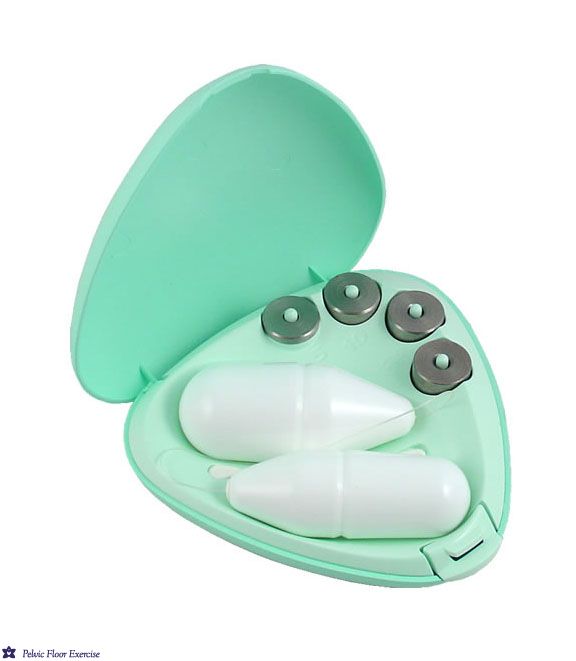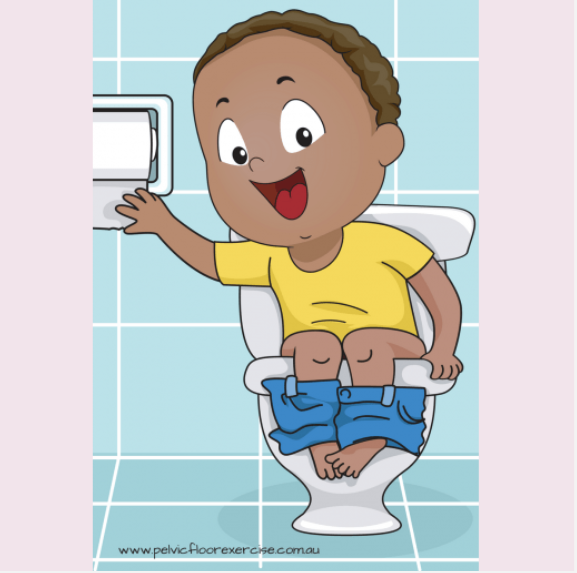Many children who sit this way already have problems such as constipation and not emptying their bladder fully. “Hanging” in the loo does not correctly activate the co-ordination of the pelvic muscles and core to empty the bowel or bladder. It will in fact activate the pelvic floor to tighten as it helps the deep abdominal muscle to stabilize them TO STOP THEM FALLING INTO THAT BIG SCAREY HOLE !!
Some kids even develop a fear of the loo from this which leads to holding on and constipation. Remember from previous blogs we discussed how adult toilet posture should be as close to a squat as possible, don’t let your kids develop bad habits early, if they are on an adult toilet, they need to be in an adult position too.
When in nappies and mobile, remember how your toddler would squat in the corner and do a poo in his/her nappy. Then you started toilet training and they were in the perfect position on the potty…..and then you put your big grown up girl/boy on THE GROWN UP TOILET. Problem is : big hole, small bottom is not a good fit.
Children should have their feet supported and their bottom supported. Until their bottom is big enough, use a toilet insert to bring that big scarey hole down to child size…..and give them something to rest their feet on so they can assume the squat . The ladders with attached seat can be ideal.

To get things moving, as with adults, they need the perfect poo – just like a sausage .Get them eating their fruit and veg and plenty of water, and when it comes time to go “hissing like a snake ” will help them get things moving by relaxing the belly and encouraging the correct pushing pattern of waist widening. Sometimes blowing up a balloon on the loo will help to get the widening waist and tummy bulge
So, make loo time fun time and you will have happier children and know that you are setting them up for good toilet habits as they grow up. Many cases of pelvic floor dysfunction start in childhood as a direct result of poor toilet technique. Continence professionals see many children as patients which can be avoided with encouraging correct toilet posture from an early age.
© Fiona Rogers, Pelvic Floor Exercise Physiotherapist
This blog content is intended as information only and not medical advice. Please see your health professional for individual diagnosis and treatment




